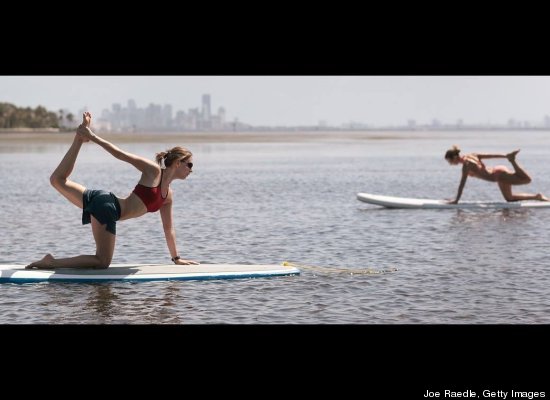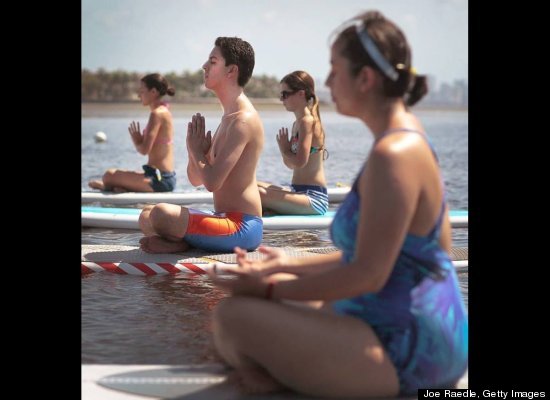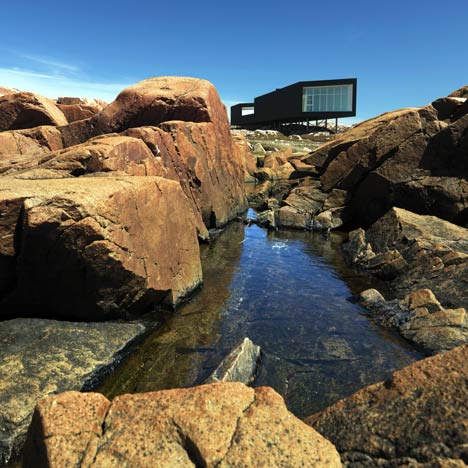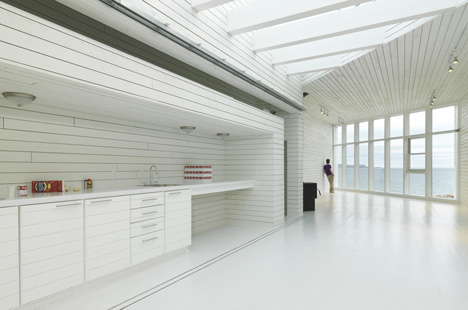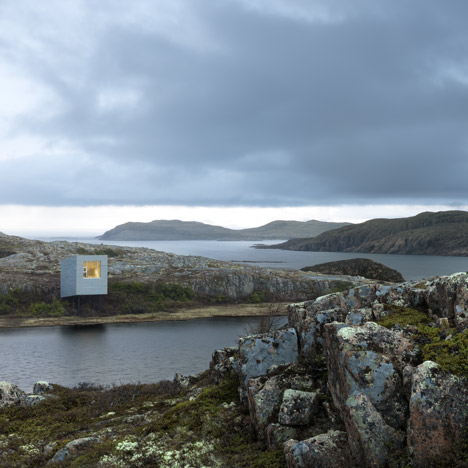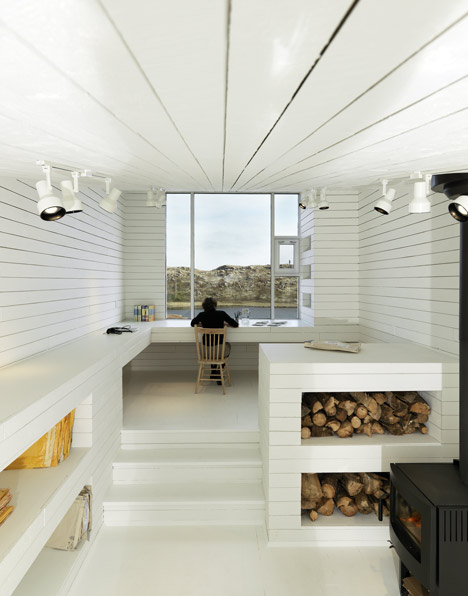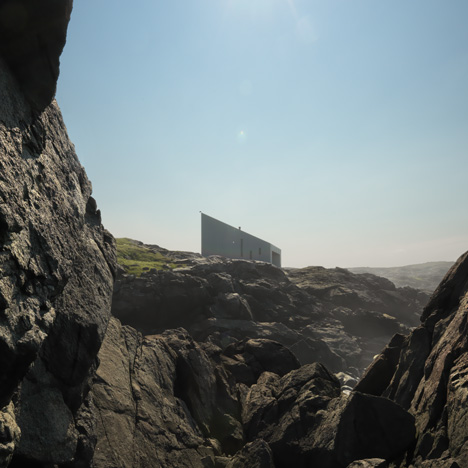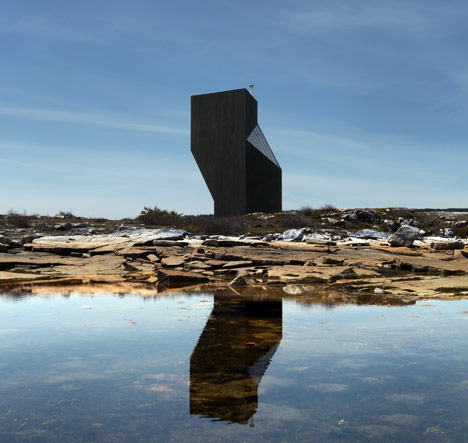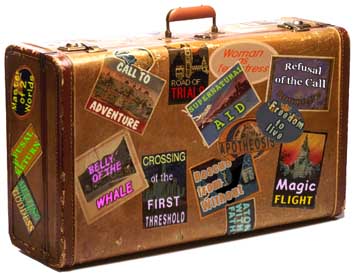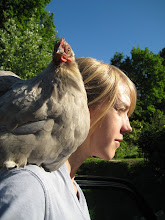It hit a note with me, made me feel welcome, and I can't wait to go back whenever that will be.
I read a lovely four page article on Elle Decor's website this afternoon and thought I'd share. It sums Bali up beautifully.
ELLE DECOR GOES TO BALI
With its ancient temples, exquisite crafts, and luxury resorts, this Indonesian island paradise has far more to offer than just gorgeous beaches
BY ELIZABETH WOODSON
Thirteen years ago, Italian-born, New York–based jewelry designer Guy Bedarida got an interesting call. Bedarida, who was then head designer for Van Cleef & Arpels, picked up the phone to hear from another jeweler, John Hardy. Hardy was a not-so-reformed hippie art student from Canada, who had moved to Bali during the 1970s to study the island's centuries-old jewelry tradition. In 1989, he launched an eponymous line of exquisite silver baubles produced on the island by Balinese artisans. Hardy was calling with a job offer. "It was a bit unbelievable at the time," Bedarida says with a laugh. "I was very happy in New York working at Van Cleef, and here this guy was inviting me to move to the other side of the world to work for him." Bedarida ended up telling his boss about the call. "Figuring it was a lark, he told me to take the free trip to Bali," recalls Bedarida, who was instantly captivated by the island and the people who inhabit it. "I came back to New York, gave notice, and moved to Bali," he says. "It was as simple as that."
For people with an addiction to beauty, a trip to Bali is the ultimate high. The island's sandy beaches, terraced rice paddies, lush jungles, mist-covered mountains, and volcanic cliffs are legendary. The Balinese are so dedicated to their Hindu beliefs that they engage in ceremonies every day at the more than 1,000 temples that dot the island (hence Bali's moniker, "Island of the Gods"). And it's this marriage of sheer physical beauty and pervasive spirituality that lends the place an otherworldly character.
Indeed, Bali has become one of the world's prime destinations for anyone seeking the ideal exotic-island experience. Beautiful beaches? Check. Delicious, spicy food? Of course. Cultural authenticity in spades, from morning temple visits to evening dance recitals? You bet. The island is considerably more built up than it was in the 1930s when such luminaries as Noël Coward and Charlie Chaplin voyaged there for respite. Yet you still see roads lined with villages built in the traditional style, with high walls enclosing family compounds, each with its own collection of thatched-roof huts, a patch of open green space, and a family shrine.
But globalization has undoubtedly arrived, gobbling up rice paddies and spitting out McDonald's and Starbucks. Bali's southern end is by far the island's busiest district, and is home to the international airport and the capital city of Denpasar. The area is not all that large: It takes under an hour to drive from the southeast coast to the southwest corner. But in that small space are numerous resort towns that have sprung up to meet the needs of every sort of traveler. Among them are the upscale enclaves of Seminyak and Petitenget—where trendy boutiques, restaurants, bars, and hotels have set up shop blocks from the shore—and the Bukit Peninsula, where the rocky cliffs and endless ocean vistas dramatically set the scene for Bali's latest high-design resorts. Move inland and you enter the land of forests, mountains, and rice paddies. An hour's drive north of Seminyak brings you to Bali's cultural heart of Ubud, with its museums, dance performances, and temples galore.
Most visitors to Bali combine a few days on the beaches down south—perhaps lounging by the pool at one of the country-club-like five-star resorts that populate the manicured town of Nusa Dua, or surfing and sunning in the laid-back hamlet of Canggu—with a couple of days enjoying loftier pursuits, such as yoga classes and cooking lessons in and around Ubud. On Bali, the arts of detoxing and retoxing can live together harmoniously.
But there's another powerful draw to the Indonesian island: its incredible artistic traditions. With its wood and stone carvers, weavers, painters, and gold- and silversmiths, Bali is quite possibly the world's greatest repository of high-level artisans. "Nowhere else are the people more gifted with their hands," says Bedarida, who works with some 450 jewelers in a compound of eco-friendly bamboo buildings outside Ubud.
Beauty is something that the Balinese seem to inherently understand. Even the simplest farmer has an eye for design when it comes to decorating the local temple for ceremonies. "We're taught about aesthetics from a very young age," explains Balinese designer Johnny Widiana. "There's a ritualistic quality to everything we create—a handicraft isn't just a handicraft, but something made for God."
This sentiment breeds a boundless creative energy across the island, and, everywhere you look, you're confronted with artfulness. The streets of Sanur and Kuta, two of the main tourist districts in the south, are filled with shops overflowing with hand-carved stone statues of Vishnu, intricately carved wood doors, metal gongs, and batiks. Clustered around Ubud are "craft villages," tiny communities devoted to one of the island's craft traditions, where visitors can see artisans at work before buying their creations. Batubulan is renowned for its stone carvers, while Celuk is populated by gold- and silversmiths. Mas is the place to go for some of the best wood carving on the island. There are also villages that specialize in textiles, paintings, puppets, and baskets.
It's this culture of creativity that expats have been tapping into as never before. They've opened hotels, shops, and restaurants. And coupled with Bali's own cultural attractions, they've helped energize an island experience that's entirely unique. "There's something intangible here that makes people want to be creative," explains Russian interior designer Veronika Blomgren, who moved to Bali in 2008 and launched Oazia Spa Villas, a holistic retreat in Canggu. "The collective consciousness is very contagious—if you go to Moscow, sooner or later you're going to drink vodka. If you come to Bali, sooner or later you have to make something beautiful."
This attitude has fueled countless collaborations with Balinese artisans to make everything from fashion to furniture. American designer David Mendoza moved to Ubud in the 1990s and now works with a local team on a collection of exquisite shirts, scarves, and linens printed with indigo and other natural dyes using traditional batik techniques (they're sold at the Amandari hotel). "We're a foreign community tens of thousands strong that has learned to move in sync with Balinese rhythms," he says. Italian Marcello Massoni, along with his wife, Michela Foppiani, runs the ceramics studio Gaya just outside Ubud. The couple had been working in Milan for brands like Armani/Casa before moving to Bali on a whim. From their light-filled studio, their team throws pieces in both abstract and traditional forms. "Design isn't a closed world here," says Massoni.
Design-loving travelers couldn't have found a place with a better ratio of boutiques to beaches in the world. And in between surfing lessons, temple visits, and Balinese massages, pounding the pavement in search of the perfect souvenir is a must. Most of the retail action on Bali centers around Seminyak, where the streets are chockablock with stylish shops that blend Bali chic with international cool. Among the best is Horn Emporium, a gallery-like boutique owned by New Zealander Anita Horn. The space carries an eclectic mélange: antique masks, a totem pole from Sumatra sprayed with glossy car paint, old-world chairs bound together and topped with glass to create a table. And, nearby, Biasa ArtSpace promotes the work of contemporary Indonesian artists.
The creative amalgamation that increasingly defines Bali is also present in the hotel world, and the island has long been an incubator for hospitality trends, many of which have been exported globally. Amanresorts' Amandari was one of the first hotels to popularize the "authentic" hotel experience when it built its collection of thatched-roof cottages—each with a Balinese-style gateway—in the middle of a village just outside Ubud. Today, villagers still stroll along Amandari's stone walkways, in view of terraced rice paddies, to reach the temple on the property. At the other end of the spectrum is Alila Villas Uluwatu, which sits dramatically atop a cliff on the Bukit Peninsula. The resort, with its villas and public spaces that mix limestone walls, dark woods, and Indonesian art and antiques, has a surprisingly edgy, bird's-nest-like design (the main poolside cabana, for instance, is cantilevered out over a cliff), a rigorously green ethos, and luxe touches (private infinity pools and butler service).
The dining scene, too, has embraced a fanciful spirit, with high-end spots putting a unique spin on Indonesia's rich culinary heritage. "Bali is the perfect laboratory to test new concepts in cuisine," says Indonesian-born chef Agung Nugroho, who was one of the culinary forces behind New York City's Buddakan and Nobu 57 restaurants. "We have access to incredible ingredients here. And people are open to trying new things." At his restaurant Chandi, in Seminyak, the traditional fried-rice dish of nasi goreng is dressed up with red and black rice; cocktails are spiced with chili and ginger; and there's an extensive selection of satés (seafood and meats grilled on skewers) served with tasty sambals (mango- and chili-based dipping sauces). Bali's earthy, home-style cooking is just as delicious. Indeed, no visit to the island is complete without a meal of babi guling—spiced suckling pig—at a warung, the local version of open-air, street-food dining.
With Bali's hedonistic indulgences and rich traditions, it's no wonder that sybarites from around the world decamp to these sandy shores to eat, pray, and love their way through the island's many delights.









